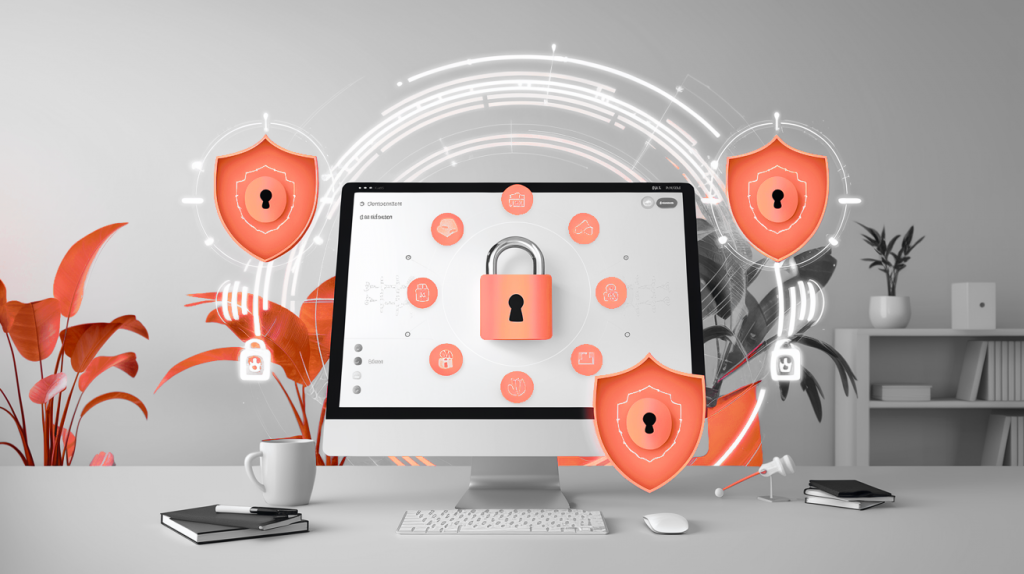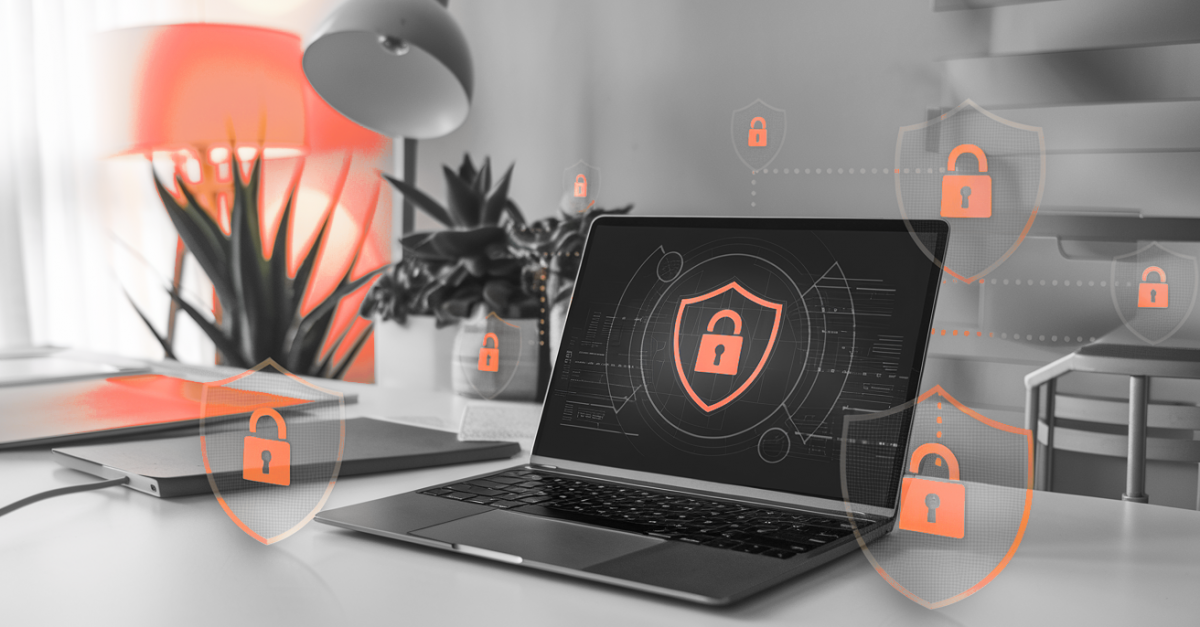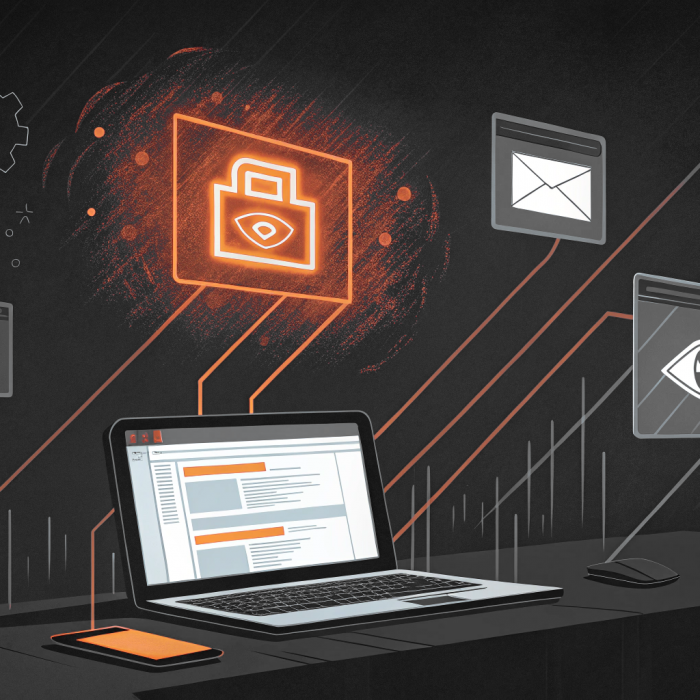Remote work is here to stay, and so are its security headaches. Remote Desktop Protocol (RDP) is still a must-have tool for many businesses, but it’s also a favorite target for hackers looking for an easy way into your network. With attacks constantly aiming at remote desktop connections, good RDP security has become a straight-up business necessity.
The Real RDP Security Situation
There are millions of exposed RDP ports sitting on the internet. These are wide-open doors into organizations just like yours. Even worse, users often have no clue that someone else might be poking around in their system.
When someone asks, “is Windows remote desktop secure?” the honest answer is: it depends on how you’ve set it up. The default settings aren’t even close to good enough these days.
How Bad Is It?
Let’s talk numbers. The RDP security problem is much worse than most people realize. RDP was involved in 90% of investigated attacks in recent years, with external remote services like RDP being the initial entry point in 65% of breaches.
Even more concerning, the same report included a case where attackers successfully hit the same victim four times in just six months, getting in through exposed RDP ports every single time. Once inside, they moved around freely, downloaded malicious tools, turned off security software, and set up permanent backdoors.

The Most Common RDP Attack Methods
Understanding how attackers target RDP helps you better protect your systems. While this list doesn’t cover everything, these are the most used methods.
- Credential Stuffing: Attackers use leaked username/password combinations from other breaches, betting that users reuse credentials across services.
- Password Spraying: Instead of hammering one account with many passwords, attackers try a few common passwords against many accounts, staying under lockout thresholds.
- Port Scanning and Exploitation: Automated tools constantly scan the internet for open RDP ports and target them with known vulnerabilities.
- Man-in-the-Middle Attacks: When RDP traffic isn’t properly secured, attackers can snoop on communications between client and server.
- Session Hijacking: Taking over active RDP sessions when they’re not properly protected.
- Exploiting Unpatched Vulnerabilities: Using known security flaws like BlueKeep that affect RDP services.
The real danger with these attacks is how many of them can be automated and run at scale. Credential stuffing, password spraying, and port scanning don’t require hackers to target you specifically. They just use tools that scan the entire internet for vulnerable RDP ports and launch attacks against anything they find.
Some methods like man-in-the-middle or session hijacking need more targeted effort, but even so, your unprotected RDP port can be found and hacked within hours of being exposed online.
RDP Security Best Practices That Actually Work
Let’s talk about ways to lock down your RDP without frustrating your remote users.
1. Ditch Password-Only Authentication
Passwords by themselves aren’t enough to secure RDP connections anymore, and it only takes one leak for attackers to gain unauthorized access. Multi-factor authentication blocks most attempts by requiring something more than just what a user knows.
Some solid options include:
- Authenticator apps on phones (quick and easy)
- Hardware security keys (for your really important stuff)
- Biometrics (where it makes sense)
Research on Microsoft Azure Active Directory users shows that implementing MFA reduces account compromise risk by over 99.2%, with more than 99.99% of MFA-enabled accounts remaining secure against unauthorized access, even when credentials have been leaked. Dedicated authenticator apps work even better than just text messages.
2. Rethink Your RDP Port Strategy
The standard RDP port (3389) is scanned constantly by attackers. Every automated tool out there is looking for it, so changing your port strategy can make a real difference.
Try these instead:
- Switch to a non-standard port number
- Place RDP behind a VPN
- Use IP restrictions to limit connection attempts
Will this stop a determined attacker? No. But it’ll eliminate the vast majority of automated attacks looking for easy targets.
3. Strengthen Your Encryption
Remote Desktop Protocol does have basic encryption built in, but the default setup leaves you vulnerable to man-in-the-middle attacks. Security researchers regularly show how standard RDP configurations can be compromised.
Focus on:
- Enforcing TLS 1.2 or higher
- Enabling Network Level Authentication
- Regularly applying security patches
These changes create multiple layers of protection against common RDP attacks and ensure connections are authenticated before they’re established.
4. Protect Remote Desktop Through Admin Rights Management
Permanent admin rights create unnecessary security risks. When users have admin privileges, any malware they accidentally run gets those same permissions, and suddenly your entire network is at risk.
A better approach is using just-in-time privilege elevation that only grants admin access when it’s actually needed, and only for specific applications. Admin By Request’s Endpoint Privilege Management solution handles this elegantly, giving users privileged access when they need it without leaving security holes open.
5. Secure RDP from Home Networks
With so many people working remotely, securing RDP from home networks is crucial. Home networks usually don’t have corporate-level security, making them potential weak spots.
To secure RDP from home:
- Require VPN connections before allowing RDP access
- Implement endpoint security solutions on home devices
- Create separate, isolated connection paths for remote desktop protocol sessions
6. Configure Proper RDP Protocol Security
Is RDP encrypted? Yes, but you need to set it up right. The default encryption settings probably won’t hold up against serious attacks.
Must-do RDP protocol security steps:
- Disable older, vulnerable RDP protocol versions
- Configure RDP to use the highest available encryption level
- Enable the “Allow connections only from computers running Remote Desktop with Network Level Authentication” option
7. Keep an Eye on Your RDP Sessions
One of the most overlooked parts of RDP security is watching what’s happening in your remote sessions. Having good logs helps you spot sketchy behavior before it turns into a real breach.
Try these monitoring tricks:
- Turn on detailed RDP session logging
- Set up alerts for weird connection patterns (middle of the night, strange locations)
- Review your logs regularly for signs of trouble
- Record remote desktop sessions for your most powerful accounts
8. Stop Brute Force Attacks Cold
Brute force attacks are still very common against RDP. In these attacks, hackers use automated tools that try thousands of username and password combinations until they crack your system.
Shut them down with:
- Account lockout policies (kick users out after a few failed tries)
- Login delays (make them wait longer after each failed attempt)
- IP blocking (ban addresses that keep failing)
- Watching for suspicious login patterns in real-time

Modern Alternatives to Traditional RDP
While you can definitely improve RDP security with the right security practices, many organizations are asking whether traditional remote desktop still meets their needs. This question becomes even more important as the business grows.
Modern solutions like Admin By Request’s Secure Remote Access product address many of RDP’s limitations while still giving your team the functionality they need. Here’s how they compare:
Connection Method and Security Architecture
Traditional RDP needs client software and direct network connections to endpoints. Most companies add VPNs for security, but this creates headaches for both users and IT teams. Modern solutions work through regular web browsers without extra software, making life easier for everyone.
The big security difference? RDP typically needs open inbound ports that hackers love to target. Newer approaches use secure tunneling with outbound-only connections. This eliminates those risky inbound firewall rules and makes your network much harder to attack.
Authentication and Authorization
Standard RDP often uses static credentials that stay active indefinitely. This “set it and forget it” approach is convenient but risky.
Better approaches use Just-In-Time access where connections need approval for each session and automatically terminate when the work is done. Multi-factor authentication is built in from the start, not added as an afterthought.
Practical Use Cases for Secure Remote Access
Admin By Request’s SRA solution works especially well for:
- Remote Support – IT teams can start screen sharing when employees need help, no matter where they’re located. This works great for supporting remote workers outside business hours, helping employees across different time zones, or fixing urgent issues when nobody’s available on-site.
- Unattended Access – Connect to servers and workstations with no user present, which lets you schedule maintenance during off-hours to minimize disruption. Also great for managing infrastructure in branch offices without on-site IT staff, or high-security areas where physical entry needs special clearance.
- Vendor Management – Give third-party vendors secure, temporary remote access to specific systems. This is useful for installations or troubleshooting, with limited permissions only allowing access to just the systems they need.
A Better Way Forward
Looking at remote desktop security today, it’s clear that exposing RDP directly to the internet (or even through VPNs) creates unnecessary risk. You can be more secure without making everyone’s job harder.
Admin By Request’s Secure Remote Access product focuses on securing connection points while keeping things simple for end users. Our approach eliminates the common frustration of security tools that get in the way of productivity.
Want to give it a try? Book a free demo or sign up for our lifetime free plan. You get all the features of the paid version for up to 25 seats each for our EPM and SRA products – as long as you want, with no strings attached.







